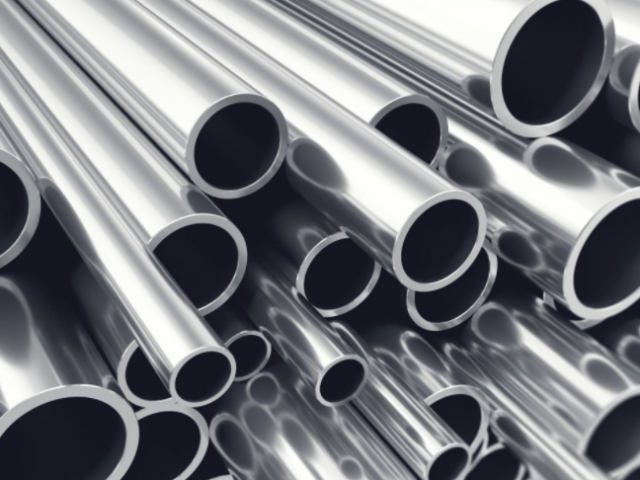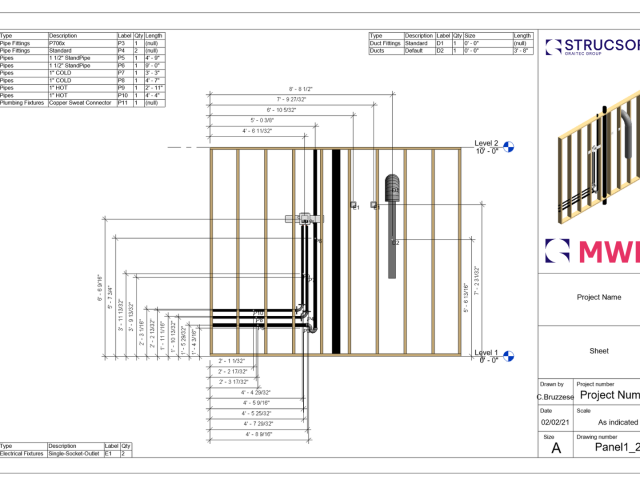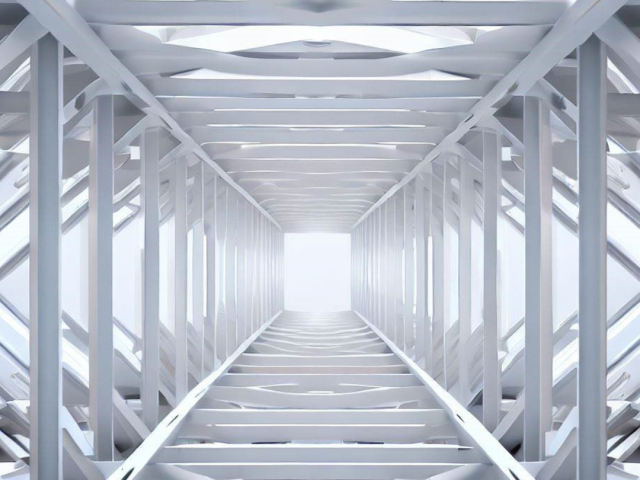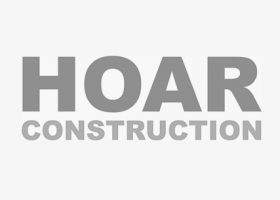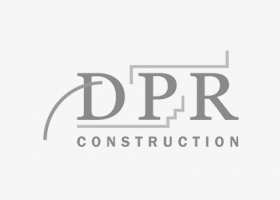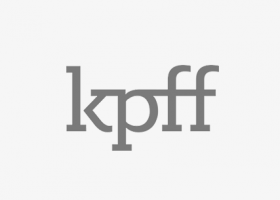What is cold formed steel, and why is it one of the most popular construction materials in the industry, more so when it comes to framing buildings?
Unlike its hot-rolled counterpart, cold formed steel is made by bending steel sheets or strips into various profiles without using heat. A tremendous strength-weight-ratio, high durability against the elements, and ease of construction are well known qualities of cold formed steel.
In this article, we’ll put forward four reasons that highlight the viability of cold formed steel as a viable construction material for traditionally wood framed installations:
1. Cold formed steel can compensate for market fluctuations
The 2021-2022 pandemic ensued supply chain disruptions in the construction materials market, specifically that of lumber. More recently, the Russia-Ukraine war amplified the market’s instability due to trade sanctions placed on Russia-one of the world’s largest exporters of lumber.
Consequently in places like Australia, the residential construction industry has faced severe shortages in timber supply resulting in increased costs, project delays, and a lot of frustration for the builder and client. With news that Western Australia is going to ban native logging by 2024, it is apparent that Australia will continue relying on imports to fulfill its demand for lumber.
In the United States, a surge in demand for new housing, home improvement and DIY projects caused the prices of lumber to increase. The National Association for Homebuilders (NAHB)
Both the above examples represent a gap that can be filled by cold formed steel. This opens up the opportunity for builders to reconsider the validity of cold formed steel as a sound alternative to what would traditionally be wood framed buildings. It applies to a greater extent to single family and multifamily housing, where the choice between steel and timber may not be as clear cut as compared to commercial or mixed-use installations.
that they are relying on timber imports which are uncertain and volatile already.
This opens up the opportunity for builders to reconsider the validity of cold formed steel as a sound alternative to what would traditionally be wood framed buildings
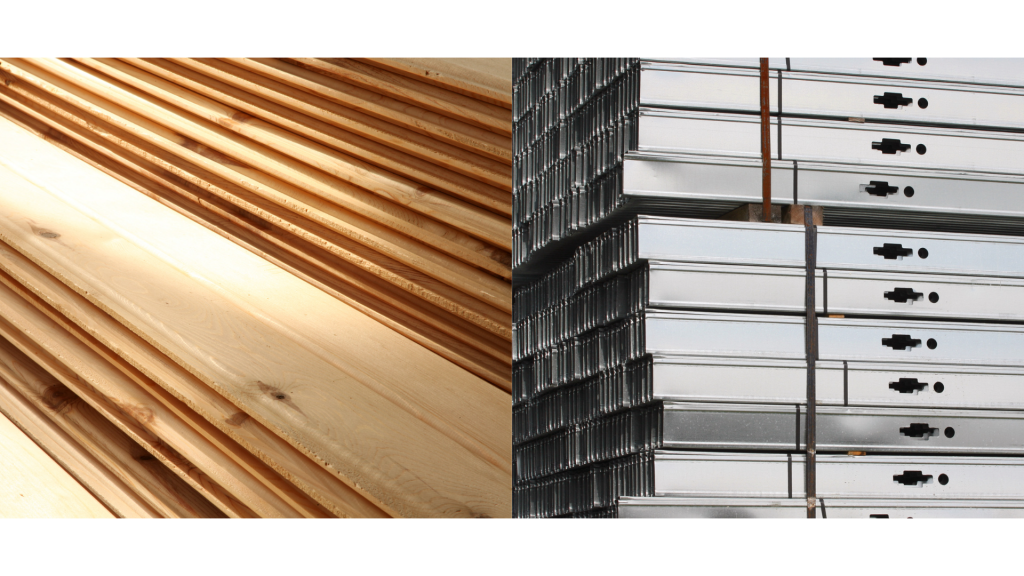
2. The environmental friendliness of cold formed steel.
Some readers may take the mention of steel and its environmental friendliness with some reservation. The production of steel (mining iron ore, purifying it, and so on) leaves an undeniable carbon footprint, before being cold formed or hot rolled. However the redeeming qualities of steel such as its recyclability, minimal waste during production, energy efficiency once the structure is completed, all contribute to its reputation as a green and sustainable construction material.
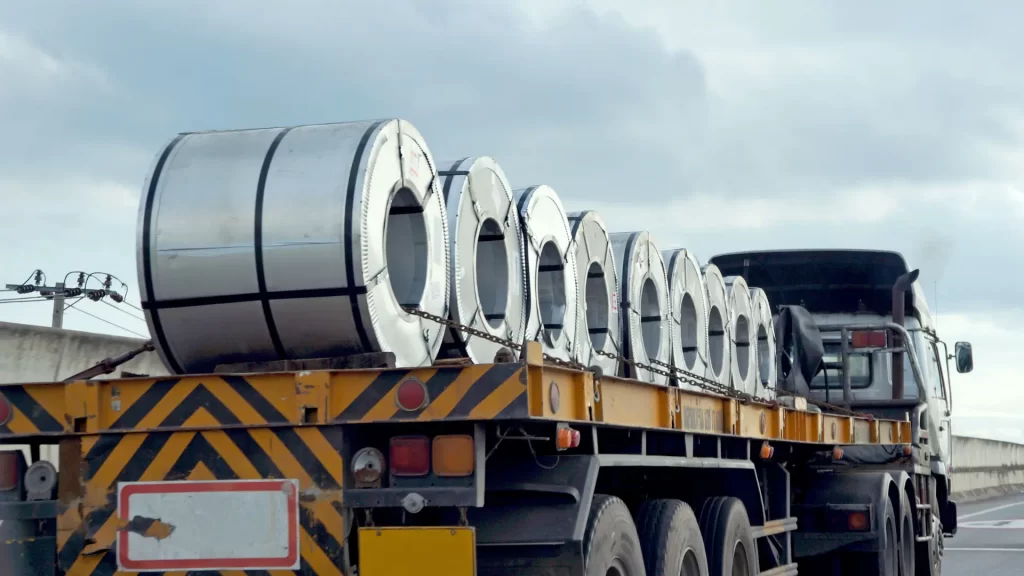
Steel is infinitely recyclable, and can be reconstituted without loss in its original quality or strength.
The negative environmental impact of steel production is a point to be considered. Among the prevalent methods of steel production is the electric arc furnace (EAF) method, which has a lower environmental impact compared to the blast furnace or basic oxygen furnace method (BOS). According to the American Iron and Steel Institute (AISI), the EAF method is responsible for 70% of the steel produced in the United States. In other words, major economies and manufacturers have realized the need to use greener methods of production, an objective that is evidently possible to achieve with raw steel and consequently cold formed steel.
3. Integration with cold formed steel framing software
As construction gets increasingly digitized, its processes become more efficient and interconnected. The link between pre-construction design and the what is manufactured on-site has become deeper.
Advancements in software and construction techniques such as building offsite have created a self-reinforcing system, that continuously improves itself.
Revit framing software such as MWF Pro Metal can be used to automate and simplify the design of complex steel frames. The designs can be manufactured in a seamless flow due to the software’s integration with industry standard roll formers and CNC machinery, and post-production workflows such as panel stacking and bundling configurations are handled in Onyx‘s cloud-based environment.
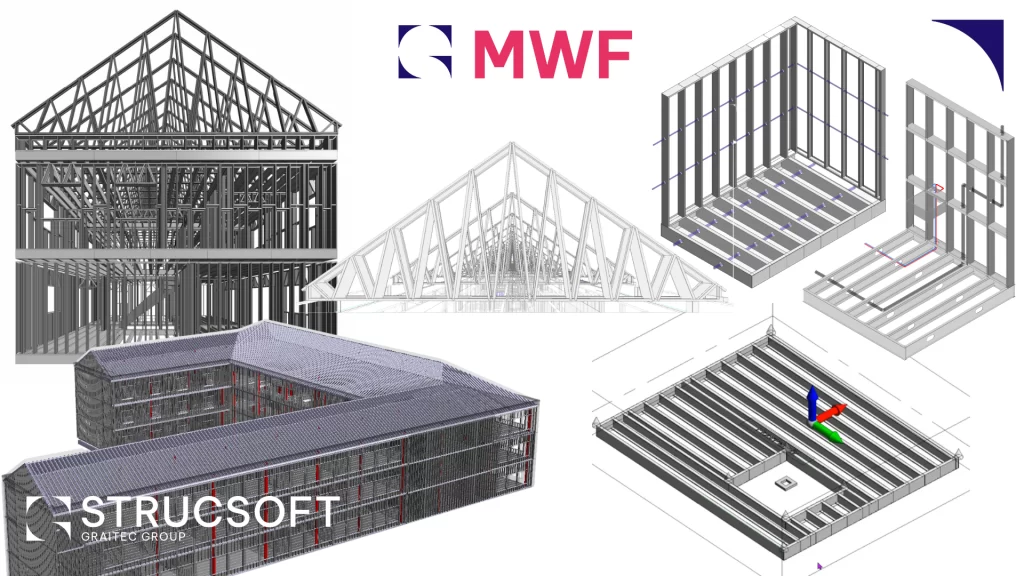
4. Room for design innovation
Cold formed steel’s uniformity of shape allows it to be cut into configurations that are not possible to achieve with wood, while allowing engineers to design custom profiles to match their project’s unique requirements.
The right software tools enable the simplification of the design process, and bridge into CNC machinery to fabricate the designed components. However that is not all. Due to its reliable and predictable performance once constructed, cold formed steel also offers the builder many opportunities for design innovation.
One such example is the telescopic framing panels fabricated by our CNC partner Howick LTD‘s. These panels are retrofitted or added in once the construction is complete, and can expand to fit unconventional spaces, thereby reducing the time taken to frame interiors by preventing the need for additional construction work to accommodate for the framing.
For more information on our products or design services, visit strucsoftsolutions.com, or email us at info@strucSoftsolutions.com
